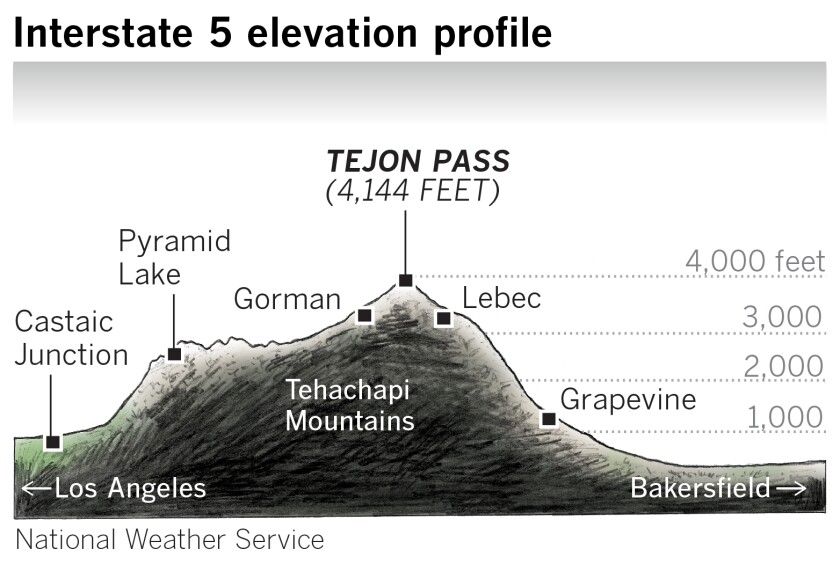(Thread) Impeachment Law 101
Instead of answering the individual questions I'm getting about this post about John Bolton⤵️ (some doubtful, along the lines of "so what?")
. . . it's time for Impeachment Law 101: Review the rules and facts.
Take out your notebooks.🤓Here we go. https://t.co/xYy6oOgmV3— Teri Kanefield (@Teri_Kanefield) January 6, 2020
This is basically what I had in mind with the Magic of will/belief/doubt section of the magical heuristics thread, specifically doubt.
The best advice of the decade. pic.twitter.com/o9djp2Rxux— Supercalifragilisticexpialidocious (@2xAught7) December 31, 2019
At roughly 500k trips per week in the article, and $300m in losses Uber lost $11+ per ride for ebikes and scooters in 2019. https://t.co/s51wxZ41eM— Asher 🚶🏰🐌🌳🔰 (@AsherDeMontreal) January 6, 2020
One of the most popular claims was that the problem of liability would block innovation since the moment an AV was involved in an accident, even if it was at no way at fault, all the companies involved would be sued into oblivion.— Mark Palko (@MarkPalko1) January 1, 2020
If there's a strategy, then the TV "analyst" can break it down. If there's none, then it's the analyst's role itself that breaks down. https://t.co/yDqSQiyyRw— Jay Rosen (@jayrosen_nyu) January 6, 2020
Another way to say this: The President has no views. He has cravings and resentments. https://t.co/9cUOx80BBD— Jay Rosen (@jayrosen_nyu) January 5, 2020
"The practices common to political journalism have premises to them. When the premises shatter, the practices make less sense. This has been the central problem of covering the Trump movement since 2015." https://t.co/64nLjKiXqr— Jay Rosen (@jayrosen_nyu) January 1, 2020
This is unacceptable: "Relative to entirely white neighborhoods, residents of entirely black neighborhoods waited 29 percent longer to vote and were 74 percent more likely to spend more than 30 minutes at their polling place."
Someone needs to sue. 🤔https://t.co/44Yr2fmqHd— Marc E. Elias (@marceelias) December 30, 2019
this is legit stalin, kim-family stuff. wild. https://t.co/igshsXGCGC— Josh Marshall (@joshtpm) January 4, 2020
When you see someone conflating Dollar Tree and Dollar General (radically different retail models serving largely distinct markets), you should probably stop reading immediately and go looking for a more credible source.— Mark Palko (@MarkPalko1) January 5, 2020
The @nytimes 21st Nov 1922:
“Reliable, well-informed sources confirmed the idea that Hitler’s anti-Semitism was not so genuine or violent as it sounded ...he was merely using anti-Semitic propaganda as a bait to catch masses of followers and keep them aroused, enthusiastic...” https://t.co/nU9MI4tmuv— Soledad O'Brien (@soledadobrien) January 2, 2020
Pyro-cumulonimbus clouds https://t.co/OHEUNR8KpJ https://t.co/XXrBc1VYgl— David M. Levinson (@trnsprtst) December 30, 2019
Word of the day “fire tornado” https://t.co/3MIH3buJIn https://t.co/wMxvGuDri3— David M. Levinson (@trnsprtst) December 31, 2019
Tulsi Gabbard is the kindest, bravest, warmest, most wonderful human being I've ever known in my life.— Josh Marshall (@joshtpm) December 31, 2019
what the future looks like ... https://t.co/hxAesXf7dm— Emma Alberici (@albericie) January 1, 2020










.jpg)




.jpg)
.jpg)
.jpg)
.jpg)
.jpg)
.jpg)
.jpg)












